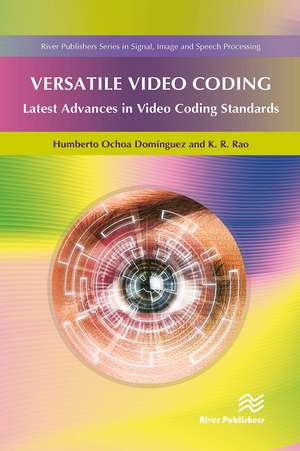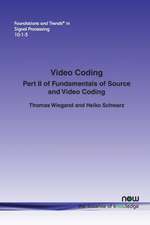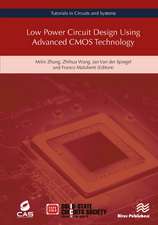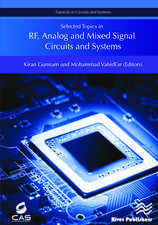Versatile Video Coding
Autor Humberto Ochoa Dominguez, K. R. Raoen Limba Engleză Paperback – 21 oct 2024
| Toate formatele și edițiile | Preț | Express |
|---|---|---|
| Paperback (1) | 254.63 lei 6-8 săpt. | |
| River Publishers – 21 oct 2024 | 254.63 lei 6-8 săpt. | |
| Hardback (1) | 834.31 lei 6-8 săpt. | |
| River Publishers – 31 dec 2018 | 834.31 lei 6-8 săpt. |
Preț: 254.63 lei
Preț vechi: 315.60 lei
-19% Nou
Puncte Express: 382
Preț estimativ în valută:
48.74€ • 52.96$ • 40.97£
48.74€ • 52.96$ • 40.97£
Carte tipărită la comandă
Livrare economică 21 aprilie-05 mai
Preluare comenzi: 021 569.72.76
Specificații
ISBN-13: 9788770043670
ISBN-10: 8770043671
Pagini: 458
Dimensiuni: 156 x 234 mm
Greutate: 0.85 kg
Ediția:1
Editura: River Publishers
Colecția River Publishers
ISBN-10: 8770043671
Pagini: 458
Dimensiuni: 156 x 234 mm
Greutate: 0.85 kg
Ediția:1
Editura: River Publishers
Colecția River Publishers
Public țintă
AcademicNotă biografică
Humberto Ochoa Dominguez, K.R. Rao
Descriere
The book discusses the advances in lossless coding and covers the topic of screen content coding. Technical topics discussed include: Beyond the High Efficiency Video CodingHigh Efficiency Video Coding encoderScreen contentLossless and visually lossless coding algorithms,Fast coding algorithmsVisual quality assessment.













